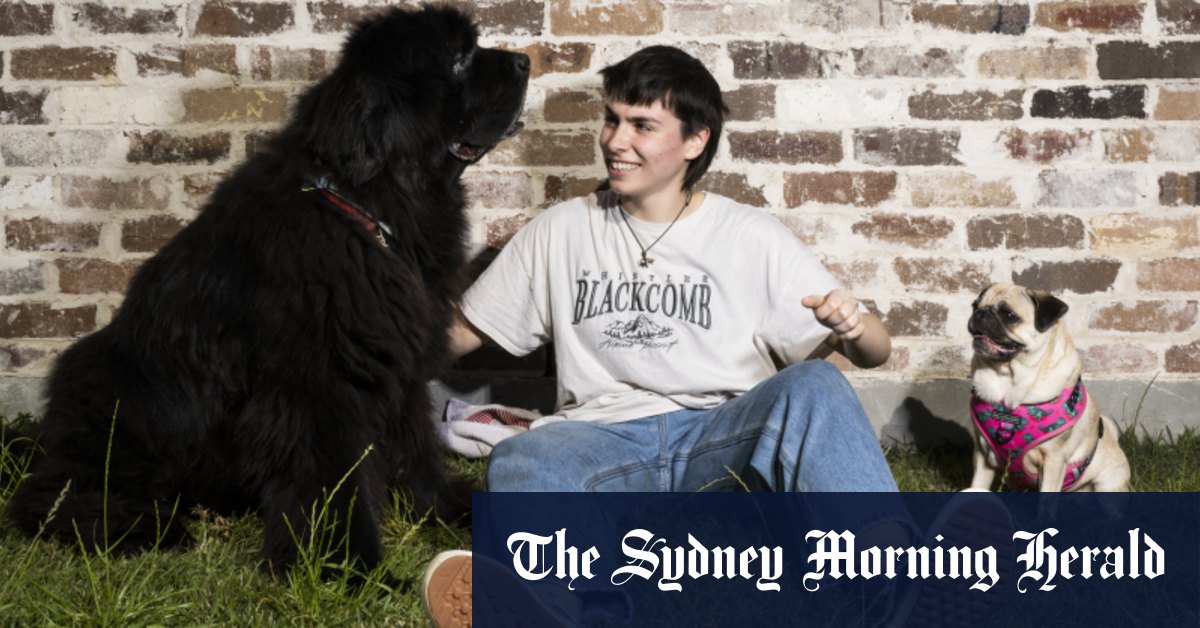- August 9, 2022
- No Comment
- 5 minutes read
Inflation bites as pet food and veterinary bills rise – Sydney Morning Herald

We’re sorry, this feature is currently unavailable. We’re working to restore it. Please try again later.
The costs of keeping Dusty the cavoodle or Lola the golden retriever fed and healthy have risen at their fastest pace in more than a decade, driven by cost pressures on pet food and veterinary services.
Those expenses have been driven in part by global supply pressures, but also an increase in more expensive specialised veterinary care for people’s pampered pets.
Dr Bronwyn Orr, president of the Australian Veterinary Association, said part of the cost increase was due to changes in the way people treat their pets.
“Dogs have moved from the backyard to the bedroom, and that’s happened in the last 10 to 20 years. As a result, people want to keep them alive, do more interventional treatment,” she said.
“People expect a more human healthcare system, including cutting-edge treatments like chemotherapy… that does, unfortunately, mean greater costs.”
Inflation data from the Australian Bureau of Statistics’ consumer price index showed the price of veterinary and other pet services rose 7.3 per cent, the highest increase since June 2001 when the introduction of the GST sent prices soaring.
Jess Jenner with her two dogs Zeus and Xena.Credit:Louise Kennerley
University student Jess Jenner and her family had three pets: Newfoundland dog Zeus, pug Xena, and cat Moose. She’s noticed a stark increase in food prices over the last two years.
“We used to buy a 13 kilogram bag of food for about $80, and that was after we would get discounts online … but now it’s about $110 for the same food,” she said.
“We pay about $30 for one week’s dental treats for Zeus, whereas we [now] get a bag of carrots that last for longer.”
Zoe Blank, a Bathurst vet who owns several dogs herself, said one of the drivers of higher veterinary costs was a lack of workers.
“It’s really tough to get vets. We recently hired a locum, we were paying her over double what you would normally pay a vet, just to keep the wheels turning while another vet was on leave,” she said.
The cost of pets and related products rose by 11.8 per cent in the 12 months to June, which is the biggest increase in prices since June 2010.
Head of data statistics at the ABS Michelle Marquardt said the main product driving pet-related increases is food, given the sheer amount of it people have to purchase.
Carolyn Macgill, executive manager of the Pet Food Industry Association of Australia said there were global and local pressures affecting pet food prices.
“PFIAA members are experiencing increases due to a range of issues including an increase in the cost of fuel, cost and availability of ingredients, supply disruption, plus there are global supply chain increases,” she said.
Liz Walker, director of operations at The Lost Dogs’ Home in North Melbourne, said most wholesalers and companies had put a 10-30 per cent increase on their products.
“This includes dog food, vet supplies, medication, bedding, PPE, cleaning products, harnesses, leads, pretty much everything you need in a shelter,” she said. “So we have obviously inherited that increase.”
Data from RSPCA NSW shows the proportion of people surrendering animals due to costs has risen over the last few years.
In 2019, 9 per cent of people who surrendered their pets to the organisation said it was because they could not afford basic care. That rose to 17 per cent in 2021, and 13 per cent so far this year.
A national RSPCA spokesman said the organisation was aware the rising cost of living, particularly the rising cost of pet services, may be affecting people’s ability to care for their pets.
“At all times, the RSPCA encourages prospective pet owners to consider the potential costs associated with pet ownership,” he said.
Besides food and vet bills, Walker said those costs include council registration, regular parasite control and pet insurance.
“Taking in a new family member can be up to a 20-year commitment and you will have those costs for the life of the animal,” she said.
Orr said either taking out pet insurance or putting some money aside in a savings account just for pet expenses could help people cope with unexpected costs.
The Morning Edition newsletter is our guide to the day’s most important and interesting stories, analysis and insights. Sign up here.
Copyright © 2022

